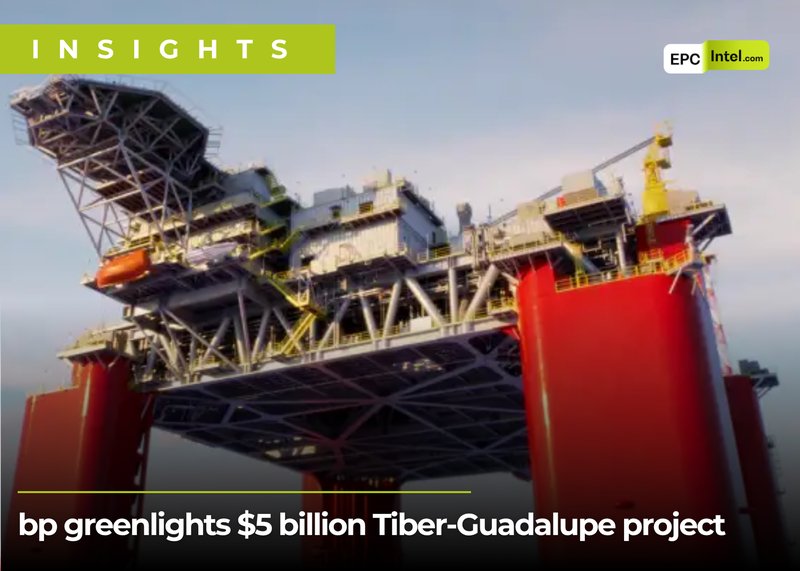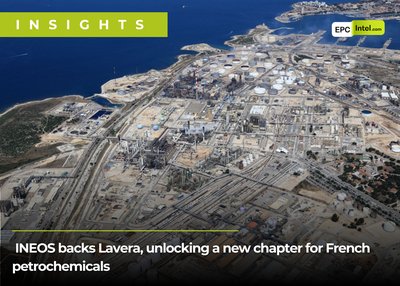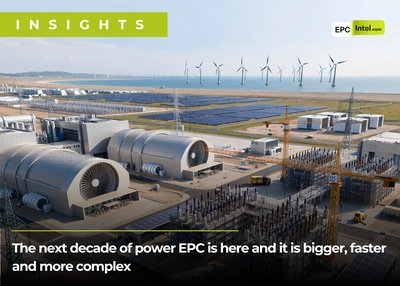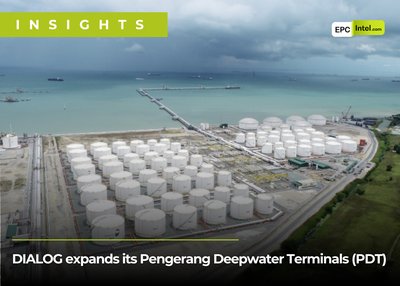bp has approved a final investment decision (FID) for the $5 billion Tiber-Guadalupe development, marking its second new production platform in under two years and underscoring the company’s long-term commitment to deepwater oil and gas in the US Gulf of America.
bp’s deepwater resurgence
The Tiber-Guadalupe project, fully owned by bp, will become the supermajor’s seventh operated hub in the Gulf of America. Designed for 80,000 barrels per day of oil production, the new floating platform will connect six wells in the Tiber field and two tieback wells from Guadalupe. First oil is targeted for 2030, with estimated recoverable resources of around 350 million barrels of oil equivalent in the initial phase.
The project follows bp’s $5 billion Kaskida development, sanctioned in 2024, creating a new generation of high-pressure, high-temperature (20K) Paleogene projects. Together, the two hubs are expected to anchor bp’s next growth wave in the Gulf and lift its regional output above 400,000 barrels of oil equivalent per day by 2030.
Engineering and EPC outlook
EPCIntel.com estimates that total capital expenditure for Tiber-Guadalupe will exceed $5 billion, with roughly $2.2–2.5 billion allocated to the floating production platform package, $1.3 billion to subsea infrastructure and tiebacks, $600–700 million to drilling and well completions, and $400 million to topsides integration, logistics, and commissioning.
The project will reuse more than 85% of the engineering design developed for Kaskida, creating major opportunities for repeat contractors across fabrication, subsea systems, and topside modules. Likely key package scopes include:
- Floating Production Unit (FPU) – hull fabrication and topsides integration (typical contractors: Hyundai Heavy Industries, Samsung Heavy Industries, or Technip Energies).
- Subsea production systems and umbilicals – high-pressure 20K rated subsea equipment, manifolds, and flowlines (potential bidders: TechnipFMC, OneSubsea, Aker Solutions).
- Drilling systems – ultra-deepwater rigs capable of handling 20K psi wells.
- SURF installation – heavy subsea construction and tie-ins (Subsea7, Saipem, or McDermott).
bp is expected to issue main EPC and fabrication contracts during 2026–2027 to align with construction startup, targeting integration and commissioning from 2028 onward.
Synergies with Kaskida
The reuse of engineering, procurement, and project management models from the Kaskida development allows bp to cut average development costs by roughly $3 per barrel. Shared component standardization across hull, riser systems, and processing modules is expected to deliver significant schedule and cost savings for both projects.
Tiber-Guadalupe’s design also benefits from bp’s 20K equipment qualification program, developed in collaboration with leading OEMs over the past decade. This includes enhanced subsea trees, blowout preventers, and wellhead systems designed for ultra-high-pressure environments.
Strategic importance for bp
According to bp’s Gulf of America head Andy Krieger, the FID highlights the company’s commitment to maintaining the Gulf as a core pillar of its global upstream portfolio. “Along with its sister project Kaskida, Tiber-Guadalupe will play a critical role in bp’s focus on delivering secure and reliable energy the world needs today and tomorrow,” he said.
By 2030, bp aims to produce more than one million barrels of oil equivalent per day across its US upstream portfolio, combining onshore shale and deepwater assets. The Tiber-Guadalupe and Kaskida hubs will be key contributors to this goal, providing long-life, low-unit-cost production from one of the most prolific basins in the world.
Contractor opportunities
EPCIntel.com anticipates that initial engineering and procurement activities will begin in 2026, with early work packages focused on hull and topside design reuse, subsea FEED updates, and long-lead equipment orders. Given bp’s emphasis on standardization, major fabrication yards in Korea and the Gulf Coast will compete for module construction, while US service providers will benefit from installation, logistics, and commissioning scopes.
The Tiber-Guadalupe development continues a trend of billion-dollar deepwater EPC opportunities re-emerging across the Gulf, solidifying the basin’s role as one of the world’s most active markets for complex offshore infrastructure over the next decade.




